Amid a market dominated by oversized SUVs and heavyweight pickups, there are some that go in the opposite direction: compact, lightweight, and fun. Just look at the popularity of the Suzuki Jimny. Despite leaving the US market, the Jimny’s rugged charm and compact footprint have made it an international sensation, and American drivers are left watching from afar.
-

Subaru is the car making division of the Japanese transport company, Subaru Corporation, and it’s one of the largest in the world. It was founded in 1953, preceded by the Nakajima Aircraft Company, and today manufactures vehicles known for their boxer engines, symmetrical all-wheel drive systems, and pedigreed history.
- Founded
-
15 July 1953
- Founder
-
Chikuhei Nakajima
- Headquarters
-
Ebisu, Shibuya, Japan
- Owned By
-
Subaru Corporation
- Current CEO
-
Atsushi Osaki
-

Japanese automaker Honda rose from the ashes of WWII and set about its business as a manufacturer of motorcycles initially, only launching its first car, the T360 kei truck, in 1963. Founder Soichiro Honda targeted the American market as the most important nut to crack, leading to generations of iconic nameplates like the Civic and Accord being among America’s best-selling passenger cars. Today, Hondas are renowned for their safety, practicality, and reliability, with a sprinkling of performance from models like the Civic Type R.
- Founded
-
24 September 1948
- Founder
-
Soichiro Honda
- Headquarters
-
Hamamatsu, Japan
- Owned By
-
Publicly Traded
- Current CEO
-
Toshihiro Mibe
-
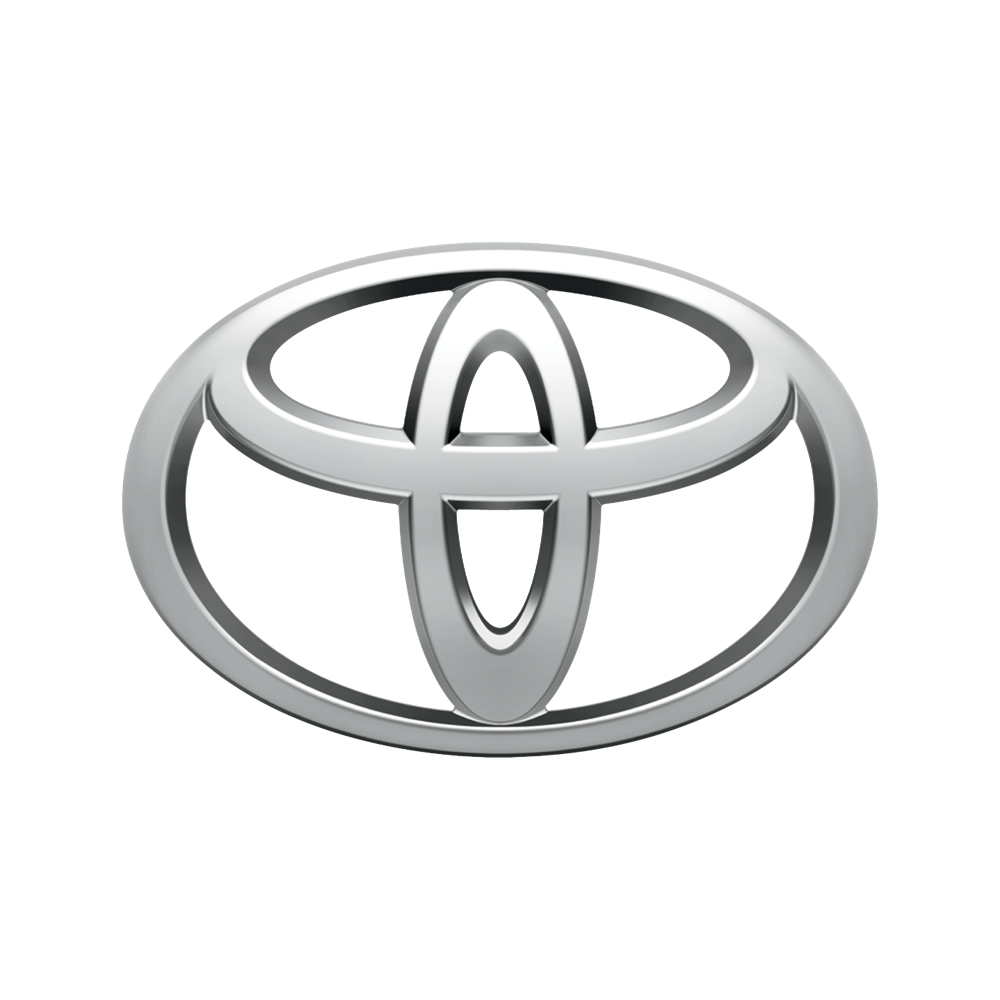
Toyota is a Japanese automaker founded in 1937 that has developed a reputation for reliability across a multitude of segments, from sports cars and family sedans to pickup trucks and off-roaders. Famous models from the brand include the Hilux, Land Cruiser, Camry, Crown, and Corolla, the latter being the world’s best-selling vehicle nameplate, with more than 50 million Corolla-badged vehicles being sold since it was first introduced. Toyota typically competes in the mainstream market, but is also famous for launching Lexus as a luxury sub-brand to take on Mercedes-Benz.
- Founded
-
August 28, 1937
- Founder
-
Kiichiro Toyoda
- Headquarters
-
Aichi, Japan
- Owned By
-
Publicly Traded
- Current CEO
-
Koji Sato
That’s where Japan has us beat. In a country where space is at a premium, the Japanese have created an entire category of vehicles that are small by design, but far from boring. Enter kei sports cars: lightweight, high-revving machines even smaller than the Mazda MX-5 Miata that prove you don’t need a massive engine to have fun behind the wheel.
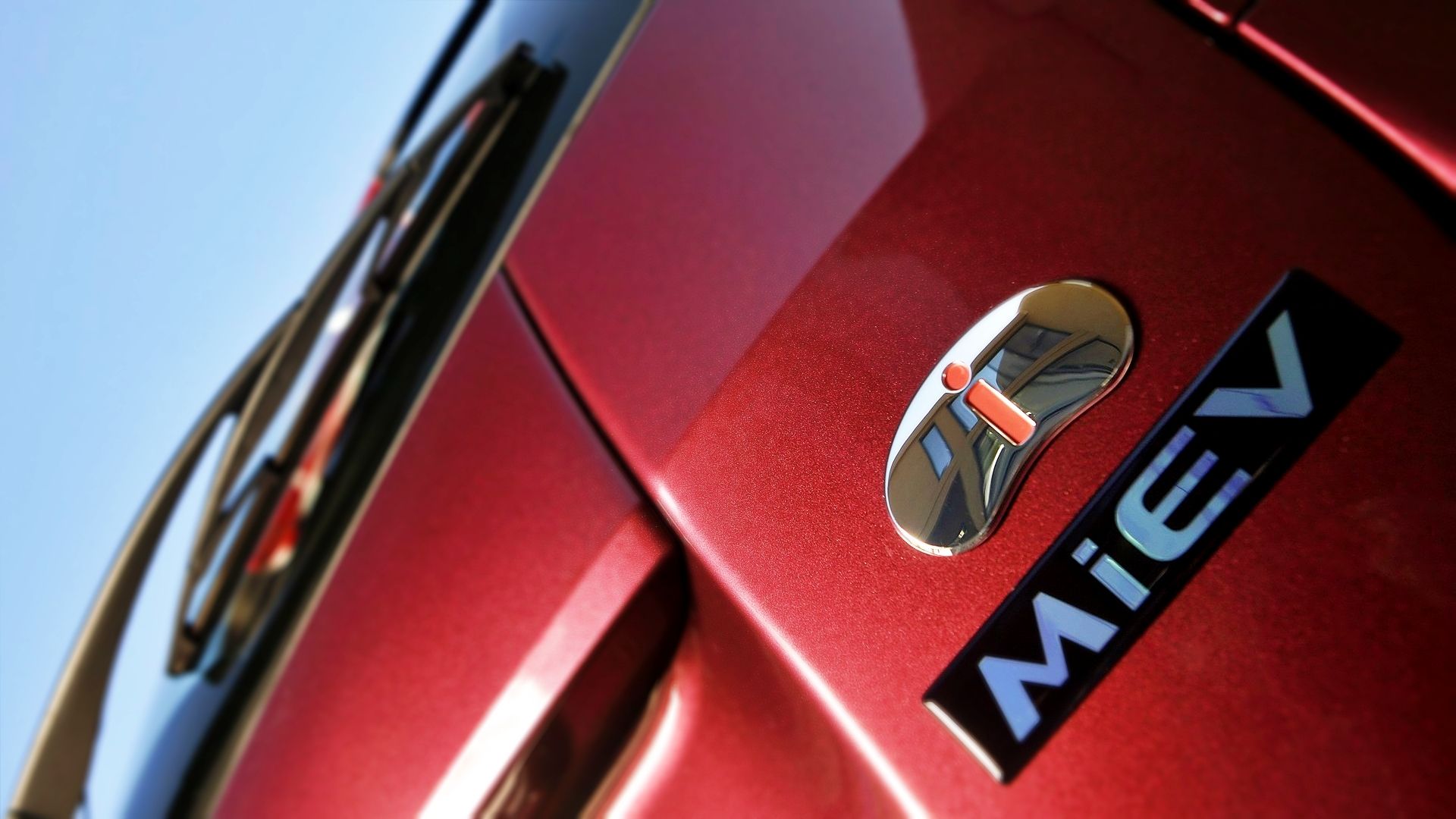
Related
What Are Kei Sports Cars?
Kei cars are a uniquely Japanese vehicle category defined by strict size and engine limitations: displacements no more than 660cc and dimensions no longer than 11.2 feet and wider than 4.9 feet. Originally created to provide affordable and practical transportation for the masses, the kei car class has been around since 1949. They get tax breaks, lower insurance costs, and easier parking rights in Japan. Most kei cars are boxy runabouts meant for urban duty, but there’s a special subculture that took this platform and dialed up the performance.
Kei sports cars are the rebels of the kei world. Despite their tiny engines, many of them feature turbochargers, lightweight construction, rear-wheel drive, and manual gearboxes. Some were even built with gullwing doors or mid-engine layouts. They weren’t made to win races; they were made to make you feel like you could. We’ve listed 10 of the most iconic, weird, or just plain fun kei sports cars that we wish we could drive on American roads.
Thanks to the US government’s 25-year import rule, many of these kei sports cars are now legal to bring stateside without needing to meet modern safety or emissions standards. The specifications listed here are for these kei sports cars’ latest versions.
1
Autozam AZ-1
|
Engine |
Turbocharged 657cc Inline-3 |
|---|---|
|
Power Output |
64 hp |
|
Torque |
63 lb-ft |
|
Transmission |
5-speed manual |
|
Production Years |
1992-1994 |
The Autozam AZ-1 looks like it came straight out of an anime – and it kind of did (look up Blue Seed Beyond). Co-developed by Mazda and Suzuki in the early 90s, this mid-engine, rear-wheel-drive kei car was the A of the ABCs of sporty kei cars. Its gullwing doors were more Lamborghini than lightweight Japanese coupe, and under the hood was a 657cc turbocharged Suzuki engine.
What makes the AZ-1 special isn’t just the looks – it’s the driving experience. Weighing just under 1,600 lbs, it’s said to be razor-sharp in corners and surprisingly balanced for such a small platform. Production numbers were low due to the car being a sales flop in Japan, but that only adds to its legend today. It’s small, strange, and still turns heads 30 years later.
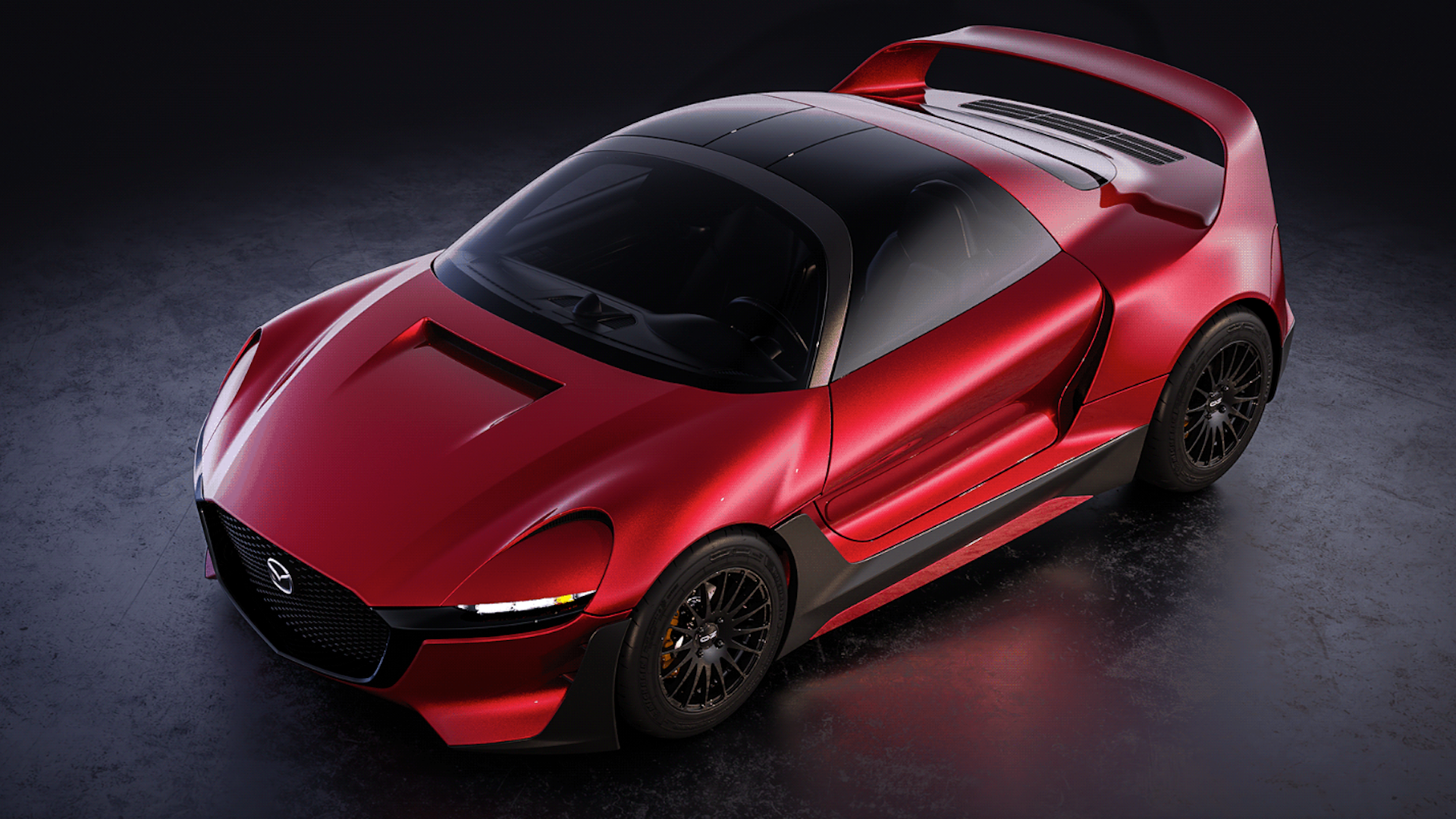
Related
Mazda Miata’s Gullwinged Baby Brother Looks Like Mini Sports Car Perfection
Would you buy a sports car smaller than a Miata? This Bugatti-Rimac designer thinks you should.
2
Honda Beat
|
Engine |
Naturally Aspirated 657cc Inline-3 (with Individual Throttle Bodies) |
|---|---|
|
Power Output |
63 hp |
|
Torque |
44 lb-ft |
|
Transmission |
5-speed manual |
|
Production Years |
1991-1996 |
The Honda Beat is the original party animal of kei sports cars. Launched in 1991 and produced under the watchful eye of Soichiro Honda himself, the Beat was mid-engined, rear-wheel drive, and came with a naturally aspirated 656 cc engine that revved to 9,000 rpm. No turbos here, just pure throttle, giving us the most fun in a small, slow car.
The Beat was all about balance and feedback, living up to its renown as the smaller version of the first-generation Honda NSX. It’s the kind of car that makes 63 horsepower feel like 200 when you’re behind the wheel. With styling by Pininfarina and a soundtrack that begs you to downshift, the Beat might be the most charming car Honda ever built – and we’re still mad we didn’t get it.
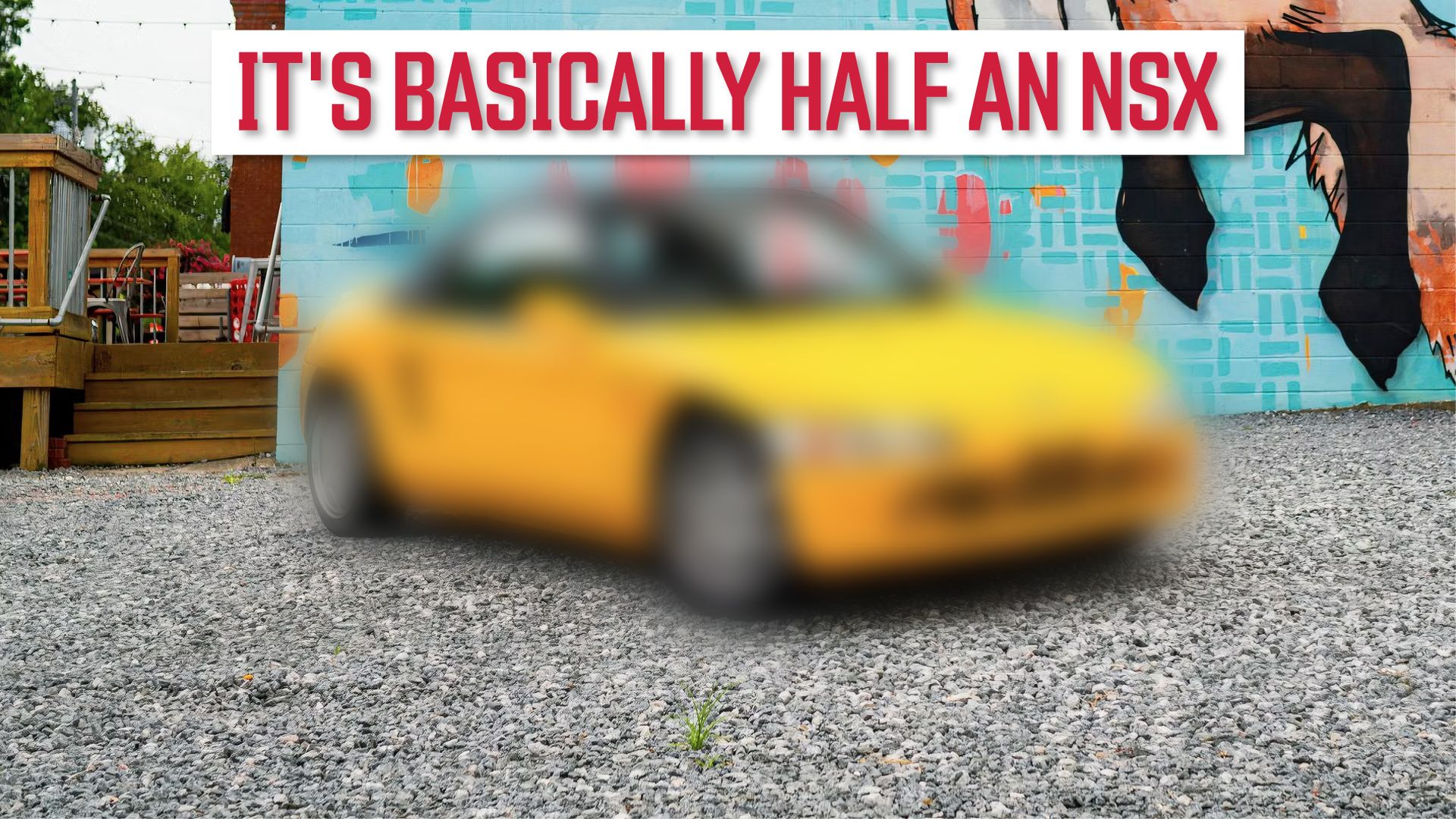
Related
Honda Once Built A Smaller Version Of The NSX
You know and love the NSX and the S2000, but did you know about their 1,676-pound, three-cylinder baby brother?
3
Suzuki Cappuccino
|
Engine |
Turbocharged 657cc Inline-3 |
|---|---|
|
Power Output |
63 hp |
|
Torque |
63-73 lb-ft |
|
Transmission |
5-speed manual / 3-speed automatic |
|
Production Years |
1991-1998 |
Completing the ABCs of kei sports cars was the Suzuki Cappuccino, the automaker’s answer to the classic British roadster, but shrunk to kei proportions. Built from 1991 to 1998, this rear-wheel-drive convertible features a turbocharged 657 cc inline-three with a 9,300 rpm redline and a manual transmission. The aluminum panels and compact layout keep it extremely light, around 1,600 lbs.
What’s most impressive was the Cappuccino’s modular roof system. It can be configured as a T-top, Targa, or full convertible, offering flexibility unheard of in this class. It even reached markets outside Japan, particularly in the UK, where it made its public debut at the British International Motor Show in October 1992.
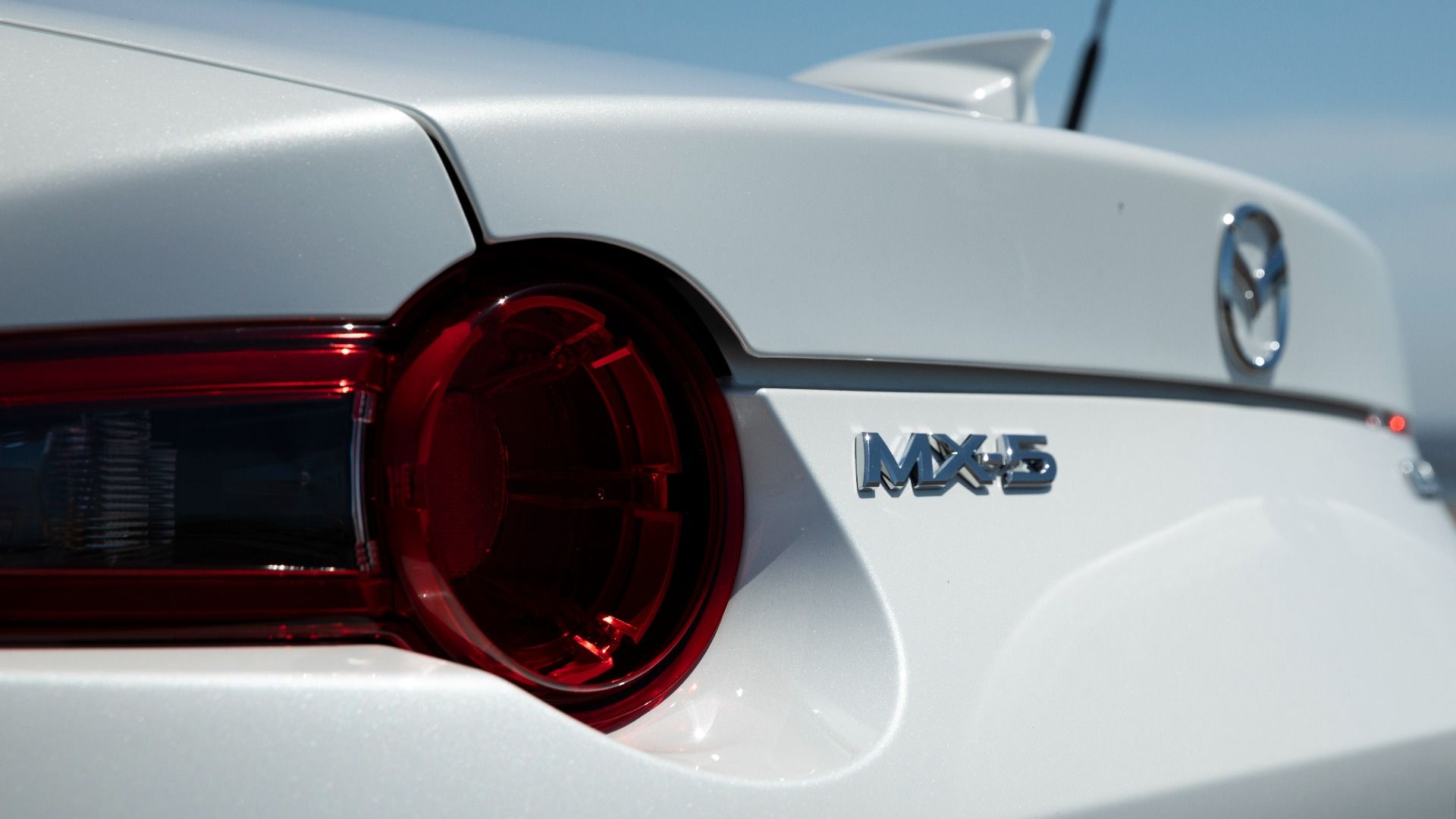
Related
Japanese Sports Cars Smaller Than A Miata
Two Words: Kei Car. If you haven’t heard the term, allow us to educate you.
4
Toyota/Daihatsu Copen
|
Engine |
Turbocharged 658cc Inline-3 |
|---|---|
|
Power Output |
63 hp |
|
Torque |
81-89 lb-ft |
|
Transmission |
5-speed manual / CVT |
|
Production Years |
2002-Present |
The Daihatsu Copen has lived multiple lives since its debut in 2002, even offered outside Japan with a more powerful setup, a Toyota-badged version, and an upgraded GR Sport model. The first-gen Copen came with a 659 cc turbo engine and a power-retractable hardtop – pretty high-tech for a kei car. Later versions, especially the 2014 reboot, brought sharper styling that has become a subject of crazy transformations by tuners.
More than just a gimmick, the Copen offers more-than-decent handling and loads of character in a very usable package. It’s front-wheel drive, which purists may scoff at, but it remains one of the most refined and stylish kei sports cars you can find. And yes, it’s still being built today, with Daihatsu previewing a Vision Copen at the 2023 Japan Mobility Show, powered by a carbon-neutral 1.3-liter engine.
2:08

Related
Cars We Want But Can’t Have: The Latest Forbidden Fruit We Need In America
We haven’t done a forbidden fruit list in years, so the time has come to look lustfully at cars we can’t have in America.
5
Honda S660
|
Engine |
Turbocharged 658cc Inline-3 |
|---|---|
|
Power Output |
63 hp |
|
Torque |
77 lb-ft |
|
Transmission |
6-speed manual / CVT |
|
Production Years |
2015-2022 |
A modern interpretation of the kei sports formula, the Honda S660 was launched in 2015 and bowed out in 2022. This was Honda going back to its roots: a mid-engine, rear-wheel-drive roadster with a turbocharged 658 cc engine and a six-speed manual. Think baby NSX, minus the price tag and horsepower, while keeping the Honda S2000’s legendary spirit alive.
The S660 was engineered with precision, offering a 50/50 weight distribution and a chassis that begged to be pushed. It’s the most track-capable kei car ever made and even came with optional performance upgrades from Mugen. Sadly, Honda pulled the plug on the S660 with a very stylish Version Z among the last versions of its kind.

Related
Honda S660 Powered By A Suzuki Hayabusa Engine Wants To Be A Porsche
The builder wanted to turn this vehicle into a proper drift car.
6
Suzuki Alto Works
|
Engine |
Turbocharged 658cc Inline-3 |
|---|---|
|
Power Output |
63 hp |
|
Torque |
74-89 lb-ft |
|
Transmission |
5-speed manual / 5-speed automated manual (AGS) |
|
Production Years |
2015-2020 |
Suzuki’s Alto Works is the hot hatch nobody talks about, but should. The Works nameplate, which originated in the late 80s with the all-wheel-drive Works RS/R model, took the long-running standard Alto and turned it into a performance-tuned beast within kei limits. The turbocharged 658 cc FCA engine – one of the wildest Japanese power plants –- five-speed manual, stiffer suspension, and lightweight chassis made it a giant-killer in disguise.
The Alto Works nameplate was discontinued in 2000, only to come back 15 years later with the eighth-generation version of the Alto. Still armed with the same recipe as the earlier models, the modern Alto Works is one of the quickest kei cars ever made that we wish had reached the US. Unfortunately, Suzuki discontinued the nameplate (again) in 2020.

Related
10 Wicked Hot Hatches You’ve Never Heard Of
The world of hot hatches is rich with obscure gems, from the classic to the modern.
7
Daihatsu Mira TR-XX
|
Engine |
Turbocharged 659cc Inline-4 |
|---|---|
|
Power Output |
63 hp |
|
Torque |
74 lb-ft |
|
Transmission |
5-speed manual |
|
Production Years |
1988-1998 |
Long before the crazy Copen, the Daihatsu Mira, also known as the Charade in other markets, was the brand’s most exciting model. It is probably the most successful and versatile nameplate on this list, used in various configurations like a commercial vehicle, a van, a passenger car, and of course, the more exciting Mira TR-XX – a boring kei commuter that received the tuner treatment.
Daihatsu stuffed it with a turbocharged engine, sport suspension, and even offered a limited-slip differential. Some models even came with AWD, making it the rally sleeper of the kei world, just like the Alto Works. In fact, Daihatsu developed a Mira X4R in 1991 for the All-Japan Rally Championship to battle the Alto Works, armed with reinforced internals, an upgraded chassis, and a close-ratio gearbox.
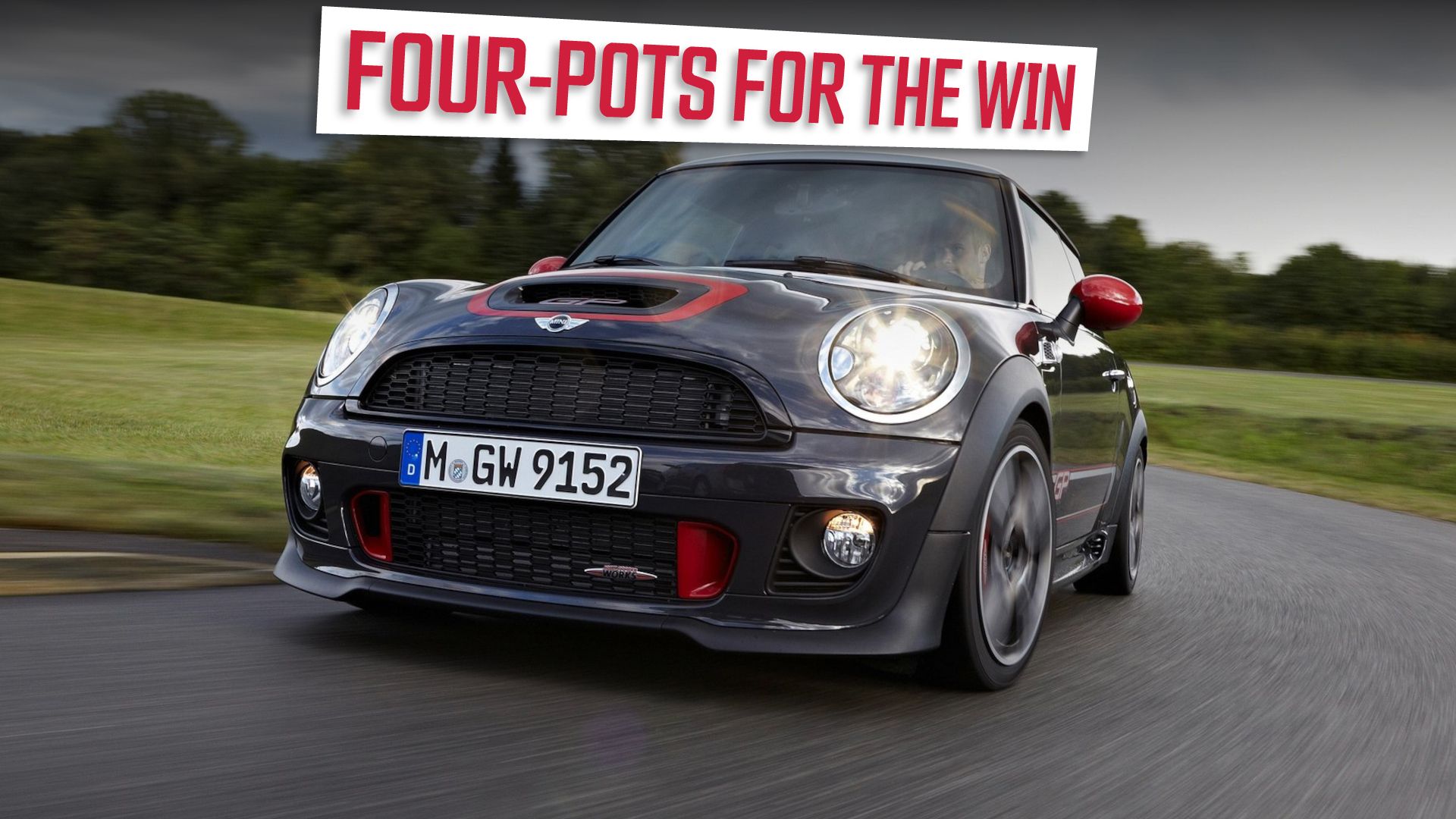
Related
Automotive Brands That Never Built Anything With More Than Four Cylinders
Most car manufacturers experiment with different engines, though some stick to what they know. Here are brands that never went beyond four cylinders.
8
Subaru Vivio RX-R
|
Engine |
Supercharged 658cc Inline-4 |
|---|---|
|
Power Output |
63 hp |
|
Torque |
65 lb-ft |
|
Transmission |
5-speed manual |
|
Production Years |
1992-1998 |
Before Subaru went full WRX, there was the Vivio RX-R. Built with rally in mind, this tiny hatch packed a supercharged 659 cc engine, all-wheel drive, and a five-speed manual. It didn’t just look sporty, it had the hardware to back it up. An RX-RA motorsports derivative was also introduced with closer ratio gearing and stiffer suspensions.
Despite its size, the RX-R handled like a proper driver’s car. Subaru even entered it in the 1993 Safari Rally with the legendary Colin McRae behind the wheel as a publicity stunt – and it finished. That tells you everything you need to know about its toughness and tuning potential. It’s probably the most underrated kei car on this list.
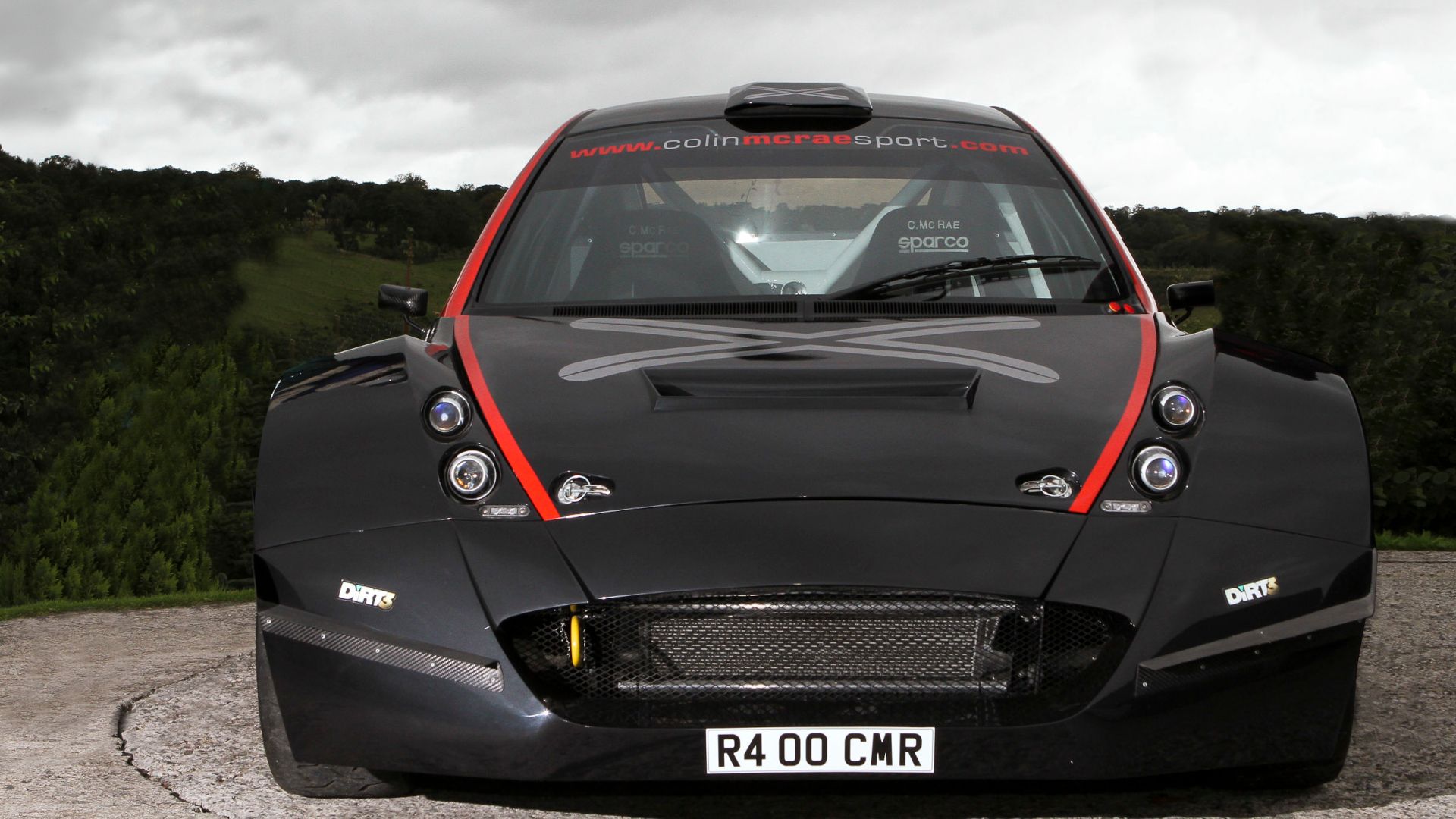
Related
The 350-HP One-Of-One Hot Hatch Built By A Rally Legend
In 2007 the Colin McRae R4 broke cover. The 350-hp, 4WD R4 was the talk of the rally world. Then tragedy struck.
9
Mitsubishi Minica Dangan ZZ
|
Engine |
Turbocharged 657cc Inline-3 |
|---|---|
|
Power Output |
63 hp |
|
Torque |
55 lb-ft |
|
Transmission |
5-speed manual |
|
Production Years |
1989-1992 |
It’s hard to say no to a kei car with a name like “Dangan,” which means “bullet” in Japanese. Unlike the ridiculously named Minica Lettuce, the Minica Dangan ZZ was Mitsubishi’s attempt at going wild within kei limits. It had a 657 cc DOHC turbocharged engine, one of the first to use five valves per cylinder in a production car.
The Minica Dangan ZZ had full-time AWD, sport suspension, and looked like a baby Evo from certain angles, with aggressive body kit including fender flares, a hood scoop, and even a rear wing. It’s one of the more obscure kei sports cars, but also one of the most technically ambitious.
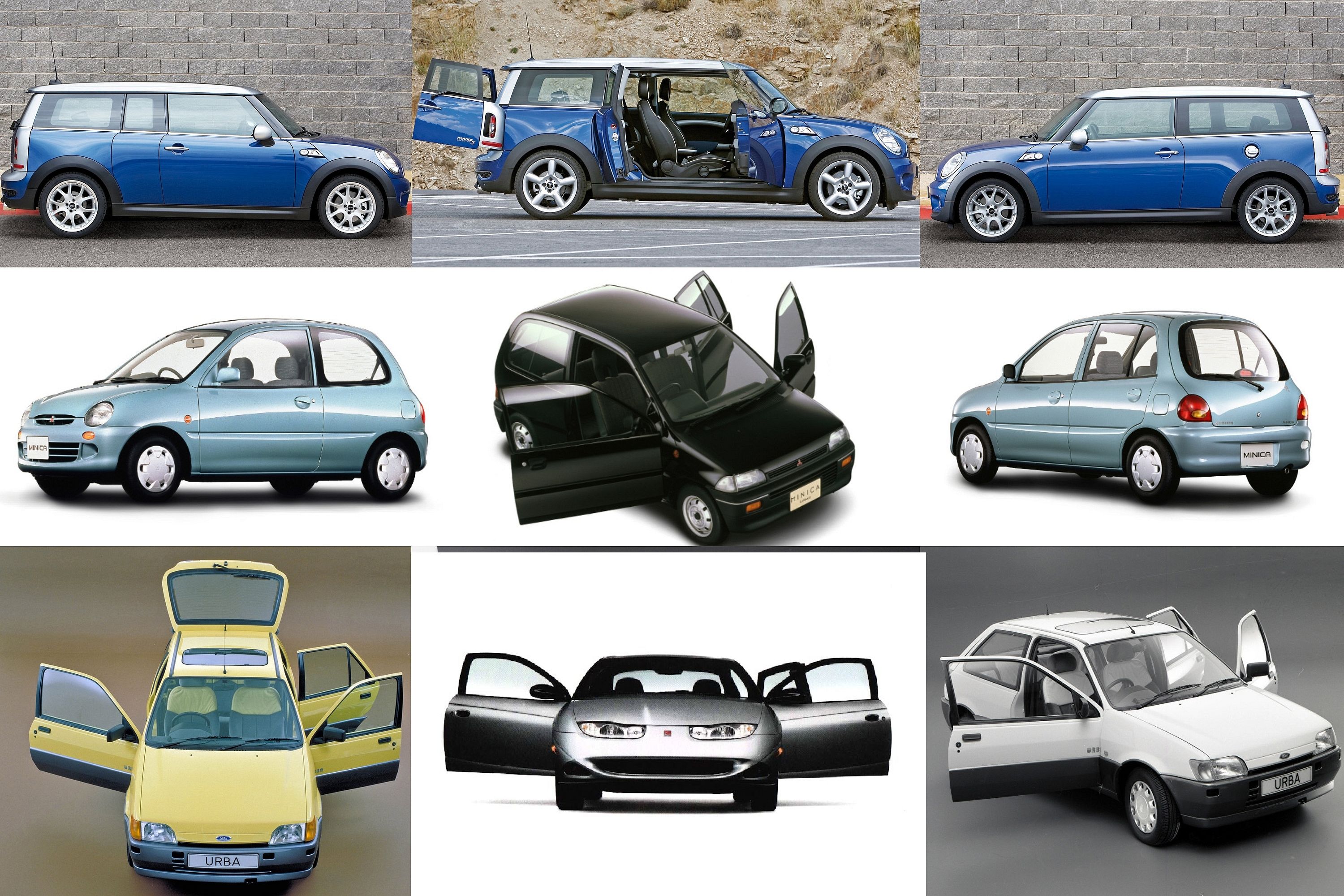
Related
3 Door Cars: The Subtle Art Of Combining Performance With Practicality
We’re talking genuine three-doors, too, not two-doors with a hatch.
10
Mazda R360
|
Engine |
Naturally Aspirated 356cc V-Twin |
|---|---|
|
Power Output |
16 hp |
|
Torque |
16 lb-ft |
|
Transmission |
4-speed manual / 2-speed automatic |
|
Production Years |
1960-1969 |
Long before the ABCs of kei sports cars, Mazda had the R360, the Japanese marque’s first passenger car. Launched in 1960, it set the tone for what kei cars could be. Admittedly, the R360 is more microcar than sports car, but we believe it deserves a place on this list for how it pioneered the idea of performance and fun in an ultra-compact format. With a 356 cc V-twin and a total weight of just 838 lbs, the R360 could barely top 50 mph, but it pottered along with flair. It featured independent suspension, a 4-speed manual, and an iconic bubble-era design.

Related
10 Times Motorbike Engines Were Used In Cars
When the world of cars and the world of motorbikes collide, amazing things can happen.
Source: Suzuki, Honda, Subaru, Mazda, Daihatsu, Toyota, Mitsubishi








